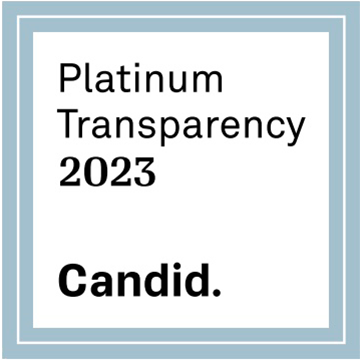General & Comprehensive Plans
Rating systems provide a way to identify specific planning areas where actions are needed to improve sustainability and may include an opportunity, as with the STAR Community Rating System, to be certified as a sustainable community.
Comprehensive guidelines are available to help land use planners better integrate land use and water resources into general and comprehensive plans. These guidelines typically cover the entire spectrum of planning areas with sections on best practices for water resource planning. Some sustainable planning guidelines include rating systems to help communities determine if they are using the “best” planning principles to plan for a more sustainable future, such as “The American Planning Association” report discussed as a case study.
The STAR Community Rating System (Sustainability Tools for Assessing and Rating Communities) is a management tool and certification program to evaluate community sustainability. The rating system includes metrics to evaluate performance in goal areas, all of which include some kind of “plan development actions.” Comprehensive planning is separately recognized as one of four core best practices, and communities are rated by whether they have adopted a systems-based comprehensive plan that addresses the STAR goal areas, including specific implementation actions, or whether the comprehensive plan has a Sustaining Places Designation from the American Planning Association.
A list of water planning integration questions that can serve as guidelines was developed by the Land Use Leadership Alliance as part of a Colorado workshop to teach land use techniques to community water planners in order to reduce future water demand. The list provides a tool for communities to assess the extent to which water conservation is, and can be, incorporated into comprehensive plans, and whether land use regulations, codes, and development processes are consistent with the water resource element. It includes 27 questions, among which are whether the comprehensive plan’s water element identifies water conservation strategies and implementation techniques and whether the element is consistent with growth projections and land use assumptions in other parts of the comprehensive plan. The Land Use Leadership Alliance integration evaluation questions are included below the case study in Additional Resources.
Case Study: The American Planning Association “Sustaining Places: Best Practices for Comprehensive Plans”
The American Planning Association (APA) explored the role of the comprehensive plan as the leading document in building sustainable communities in a 2012 report (PAS 567) that identified a number of core principles. APA subsequently developed a set of best practice standards and drafted a scoring system and procedure. APA next enlisted pilot communities that were in the process of developing comprehensive plans both to test the draft standards and scoring procedure and to evaluate a proposed Sustaining Places comprehensive plan designation program. The result of this work is published in PAS Report 578.
The report identifies best practices for each of APA’s recommended principles, planning activities, and plan-making design standards. The report also includes a plan-scoring procedure for communities that want to compare their plans against a national standard. This procedure yields a numeric score based on how the plan addresses the best practices in three categories – principle, process, and attribute. Among the water-related best practices for plan principles are the following: implementing green building design, planning for the provision and protection of green infrastructure, encouraging water conservation, planning for a lasting water supply, and planning for infill development. Best practices for processes and attributes include identifying funding sources, establishing implementation benchmarks, and integrating the comprehensive plan into other local plans and programs.
In addition to the scoring matrix and best practices, Report 578 discusses the “Twenty-First-Century Comprehensive Plan,” which includes attributes such as a more collaborative process that is values-driven and better at connecting community values to clearly defined actions. Recent trends in planning have been towards systems thinking that considers how the various elements in plans are interconnected; expands community engagement; and recognizes that planning needs to be more adaptive to changing conditions such as climate, resource availability, and costs.
Contact
American Planning Association
Website: https://www.planning.org/
Phone: 202.872.0611
Additional Resources
- Land Use Leadership Alliance Integration Evaluation Questions, which were developed from a Colorado workshop, are available.
- STAR Community Rating System



